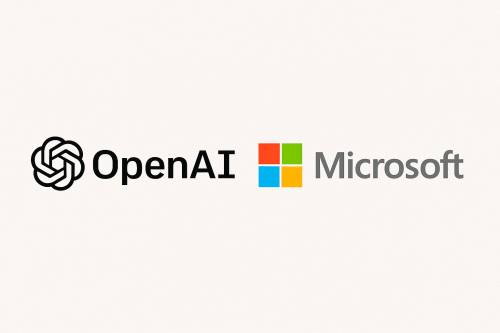The integration of Anthropic’s artificial intelligence capabilities into Microsoft’s Office 365 applications signifies a pivotal shift in the landscape of AI-powered productivity tools. Traditionally reliant on OpenAI, Microsoft’s decision to diversify its AI partnerships aims to enhance the efficacy and functionality of its applications, establishing a competitive edge in the crowded realm of automation solutions.
At the heart of this transition is Anthropic’s Claude Sonnet 4, which has been heralded by Microsoft executives as superior to OpenAI’s offerings for certain tasks. This assertion raises critical considerations for business leaders and automation specialists evaluating tool comparisons. The strengths of Anthropic’s technology may lie in its language processing capabilities or decision-making efficiency, which could translate to direct improvements in productivity. Conversely, OpenAI remains entrenched as Microsoft’s default model, asserting that its continued partnership is focused on cutting-edge AI development.
The financial implications of such partnerships cannot be underestimated. Microsoft has committed substantial investment—up to $13 billion—into OpenAI, signifying a deep-seated reliance that is not easily overridden. This financial backing facilitates not only the ongoing development of advanced AI models but also ensures that Microsoft maintains a leading position in cloud services through Azure. As leaders consider the costs associated with different AI models, it is crucial to weigh the need for innovative features against the financial commitments required to leverage these technologies.
Furthermore, the move to incorporate Anthropic’s technology reflects an ongoing strategy to optimize resource allocation, especially as companies like Amazon Web Services become significant players in the AI ecosystem. By paying AWS for access to Anthropic’s models, Microsoft is not merely reducing its reliance on OpenAI but is also strategically positioning itself to capture market share that may respond favorably to differing AI functionalities. For SMB leaders, this diversification strategy may serve as a salient reminder that reliance on a single vendor can hinder tactical flexibility.
In contrast, OpenAI’s recent initiatives aimed at reducing its dependence on Microsoft further illustrate a broader trend toward independence and self-sufficiency. With the launch of its jobs platform poised to challenge LinkedIn and plans for AI chip production in collaboration with Broadcom, OpenAI demonstrates its commitment to creating a sustainable ecosystem. Such moves highlight the necessity for businesses to remain agile and adaptable, testing various solutions while cultivating partnerships that enhance functionality.
The cost-benefit analysis of adopting either AI solution—OpenAI’s or Anthropic’s—will vary based on specific organizational goals. For firms prioritizing flexibility and cutting-edge capabilities, Anthropic may represent the stronger option. However, for organizations already intertwined with Azure and invested in OpenAI’s model, the continuity of using OpenAI may offer simpler integration and cost-effectiveness. While Anthropic may boast superior capabilities in certain areas, leaders need to analyze the long-term return on investment associated with each platform thoroughly.
Scalability is another pivotal factor when evaluating AI and automation platforms. As organizations expand, the tools and technologies employed must seamlessly scale to meet new demands. While both OpenAI and Anthropic offer robust scalability, companies will need to assess the long-term infrastructure implications of integrating their solutions. Specifically, understanding how each system can adapt to increased workloads and evolving technology standards will be fundamental in selecting the best fit.
The emergence of Nebius as an AI infrastructure partner exemplifies how organizations are increasingly seeking comprehensive ecosystems that nourish AI growth. With a $17.4 billion deal signed for a multi-year collaboration focusing on cloud computing for AI workloads, Microsoft’s strategic alliances underscore the importance of aligning infrastructure with innovative capabilities. This development illustrates a larger trend wherein organizations are not just consumers of AI but are also integrating a robust infrastructure capable of supporting diverse applications, enhancing efficiency while driving costs down in the long run.
In summary, the decision of Microsoft to integrate Anthropic’s AI technology signifies a critical juncture in the technological landscape, emphasizing the importance of choices made by business leaders concerning AI tools. The comparative strengths and weaknesses of OpenAI versus Anthropic provide valuable insights into the strategic decision-making process surrounding AI implementation. Companies must move beyond simple vendor partnerships towards holistic strategies that underscore adaptability, costs, and long-term ROI.
FlowMind AI Insight: As SMB leaders navigate the evolving AI landscape, understanding the nuanced benefits and limitations of each platform will be critical to optimizing automation strategies. Prioritizing integration potential, scalability, and financial implications will ensure that organizations choose the right tools to enhance productivity while positioning themselves competitively in the marketplace.
Original article: Read here
2025-09-10 16:10:00

